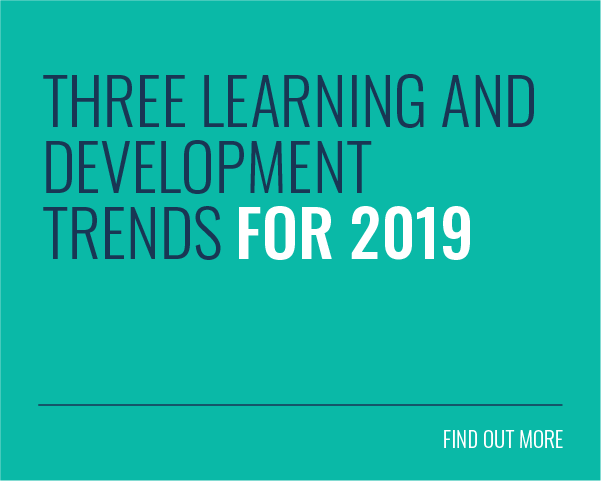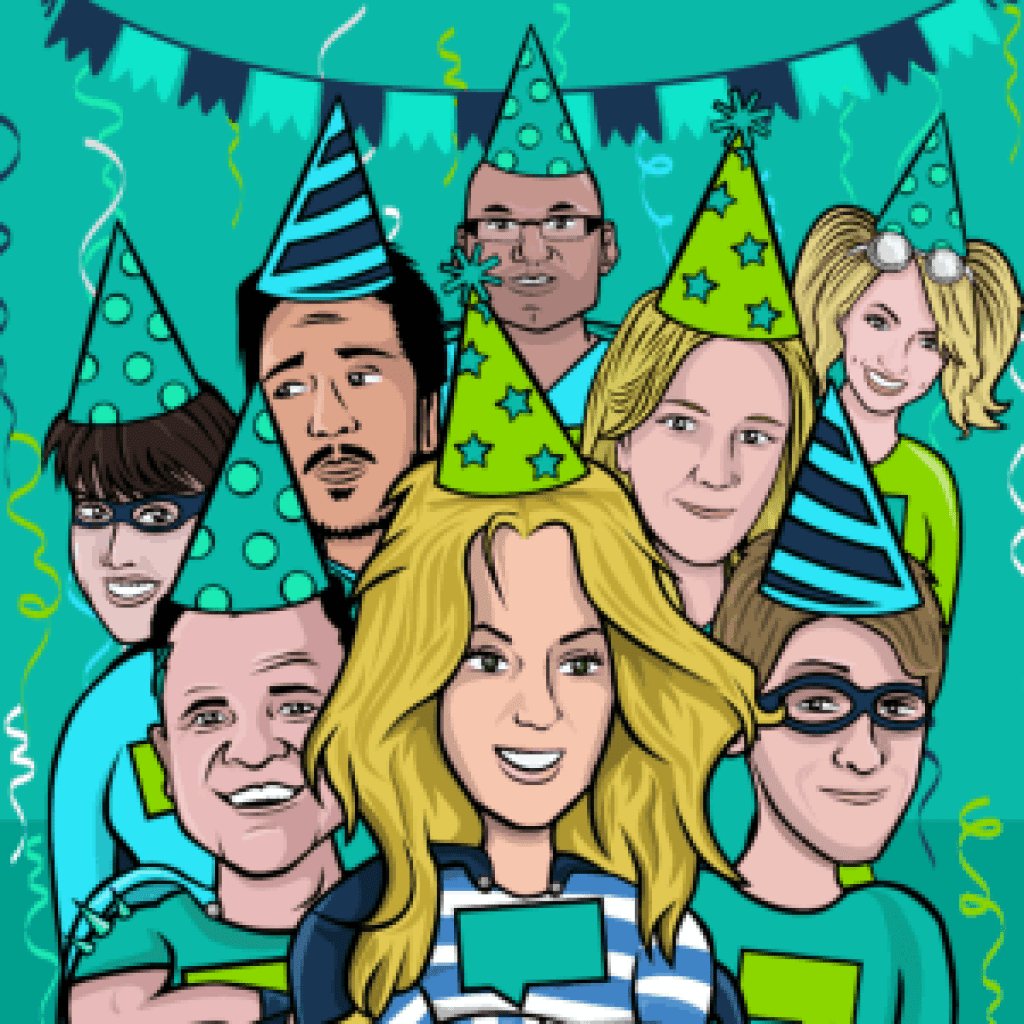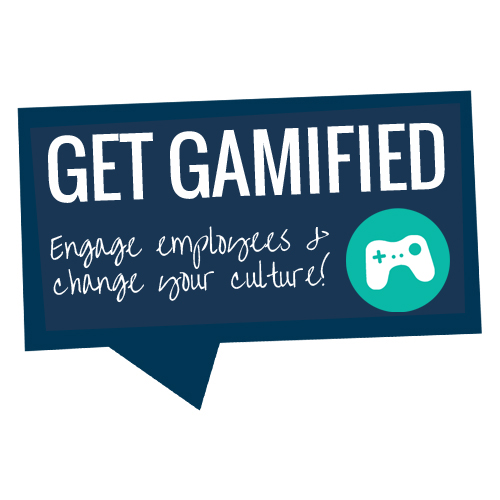 You’re here because you’re interested in finding out how to engage your employees and change your work culture, or maybe to find out more about gamification.
You’re here because you’re interested in finding out how to engage your employees and change your work culture, or maybe to find out more about gamification.
We’ll get to all these soon, but first, think carefully about these questions:
- How do you feel when you go into work? If you’re an employer; how do you think your employees feel when they come into work?
- Do you/your employees come into the office, do the required work and then head off home, barely talking to colleagues or raising a smile?
- If you/your employees had the opportunity to really make a difference to the company, for no personal benefit, would you/they take it?
If your employees are engaged with the company, they won’t begrudge coming into the office. Work won’t seem like a chore; they’ll be happy to put as much into the business as they can, not because they expect a reward, but because they feel a part of the company.
In other words, engagement is an employee’s emotional commitment to the company and its goals.
Engagement: The Key To good company culture
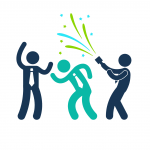 Being engaged with the company is linked to having a good company culture. What do we mean by this? There are many interpretations and definitions, but we mean:
Being engaged with the company is linked to having a good company culture. What do we mean by this? There are many interpretations and definitions, but we mean:
- a general feeling about the company,
- an understanding of its values,
- a set of behaviours that all employees demonstrate,
- how employees interact with each other.
‘Good’ in this sense means that all employees are on the same page. They feel positive about the company ethos and values. Everybody knows what its aims are and the role they play in achieving them. Ultimately, they work seamlessly with each other for the good of the company.
Clearly a good work culture is something to aim for!
How to improve company culture
So how can we aim for it? How can we improve our company culture and increase employee engagement? There are various things you can do, but we’ve found that one of the most effective ways is to use gamification.
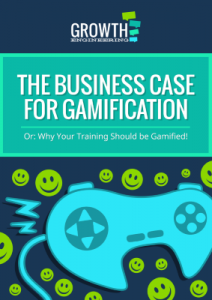
We use gamification features on our LMS and we’ve found that activity and engagement have jumped up a massive 40%. It’s an incredible increase and gives our clients a measurable return on their training investment.
Gamification isn’t only relevant on an LMS; it can be incorporated into everyday work life. You can read more about gamification on our LMS by clicking the image on the right. Keep reading to find out how to use gamification features at work to drive engagement and improve your organisational culture.
Gamification is the application of game mechanics to non-gaming environments. Things like points, badges, achievements, level progression and competition can be applied to situations that wouldn’t normally be considered part of a game.
Take air miles, for example: the more you fly, the more ‘points’ you get, which can be redeemed for free travel. You’re much more likely to fly with the same airline if you get rewarded for it.
Similarly, gamification techniques can be used in the workplace to increase employee engagement and create culture change. Here are some ways of increasing engagement…
Awards
Recognise and celebrate success and hard work. Research shows that saying ‘thank you’ for a job well done increases employee engagement by 30%.
You can gamify this technique further. Recognise achievements by issuing points and badges to employees who do great work – whether it’s with a fresh idea, an impressive amount of dedication to the cause or the superb handling of a tricky situation. Gain enough and you get a reward, like a bonus, some extra holiday or a bottle of bubbly.
Get Social
Another method is to encourage knowledge sharing. If an employee feels like an expert, they are much more likely to engage with the company, which creates a great culture of collaboration, teamwork and continual learning.
Massage those egos – give employees who engage with the company the chance to progress to the next ‘level’ and become an advocate. For example, when you give your employees health and safety training, measure who puts in the most effort and gains the most knowledge, then reward this person by naming them the Company Health and Safety Expert, First Aid Warrior or the Safety Superhero.
Set Goals
Have a measurable goal. If you want employees to engage, make sure they know what you want to achieve, how you will measure it and when it should be achieved. This information should be easily available and explain the situation clearly. If employees don’t know the rules of the game, they won’t be much good at playing it!
Get competitive
Make it fun – put up leaderboards on the staff intranet, LMS or even up on the staffroom wall. Get employees, teams or divisions competing with each other to climb the leaderboard. Create a healthy sense of competition by pitting workers against each other, and encourage teamwork and collaboration.
Creating team challenges ensures that all individuals in a team take part. The team cannot progress to the next ‘level’ until all members have gained a certain number of points, or completed a particular number of tasks. In real life, this means that a team cannot progress up the leaderboard until all team members have read the health and safety briefing or proved they have learnt which fire extinguisher should be used for which fire.
This helps foster a collaborative work environment because employees will encourage other members of their team to do the work, read the newsletter, take part in the training, make that additional sale or go the extra mile so that the whole team can move further up the leaderboard and win the competition.
Use incentives
Finally, don’t forget to use incentives! If you give employees incentives to succeed, reach a certain level or perform to a certain standard, they are much more likely to make the extra effort. For instance, a company could give an extra half day off for Christmas shopping to the team at the top of the leaderboard by mid-December. Make it worth their while to play the game!
So what do you think? Which of these gamification techniques will you bring into the workplace?
Growth Engineering and Gamification
And what about us at Growth Engineering?
Well, we’re the #1 provider of gamified learning technology, in fact, we’re the team who pioneered its use within L&D. When it comes to gamification techniques, we know what we’re talking about.
Our learning platforms are gamification solutions through and through! Everything we do is meticulously designed to engage learners, from your very first login to your one-thousandth, learners are motivated and engaged by game-like features on The Academy LMS, The Knowledge Arcade and Genie – our authoring tool.
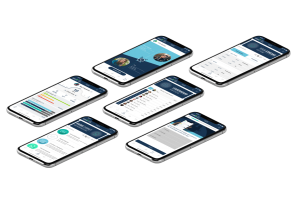
Want to find out more about how we use gamification to engage learners? Why not start with one of these blogs:
- Experience Points on the Academy LMS
- Badges on the Academy LMS
- Leaderboards on the Academy LMS
- Levels on the Academy LMS
Want to learn more about how gamification can solve your organisation’s L&D challenges? The Knowledge Arcade blends gamification, social learning and powerful, in-built authoring tools to give your team engaging and robust learning experiences. Book a demo now!


